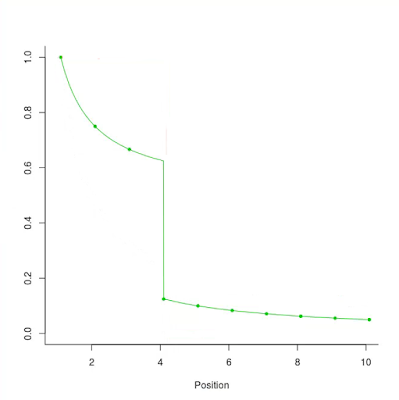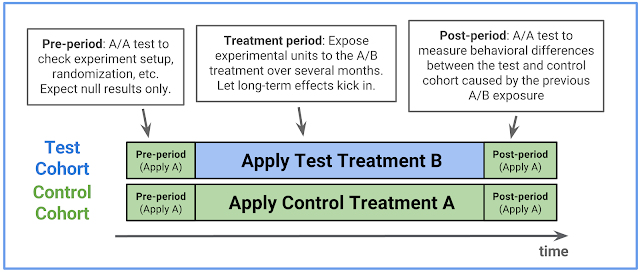Replacing Sawzall — a case study in domain-specific language migration

by AARON BECKER In a previous post, we described how data scientists at Google used Sawzall to perform powerful, scalable analysis. However, over the last three years we’ve eliminated almost all our Sawzall code, and now the niche that Sawzall occupied in our software ecosystem is mostly filled by Go. In this post, we’ll describe Sawzall’s role in Google’s analysis ecosystem, explain some of the problems we encountered as Sawzall use increased which motivated our migration, and detail the techniques we applied to achieve language-agnostic analysis while maintaining strong access controls and the ability to write fast, scalable analyses. Any successful programming language has its own evolutionary niche, a set of problems that it solves unusually well. Sometimes this niche is created by language features. For example, Erlang has strong tools for constructing distributed systems built into the language. In other cases, features such as standard libraries and a language’s communit

